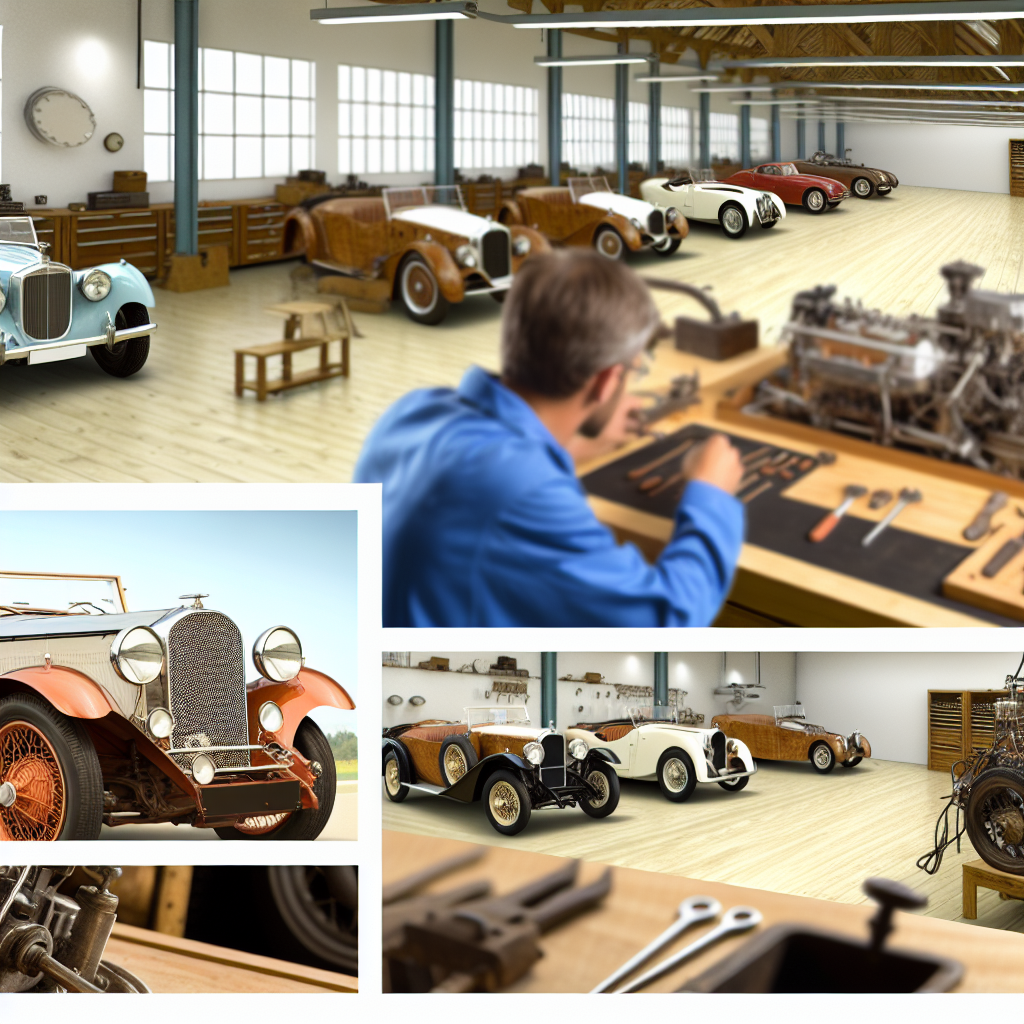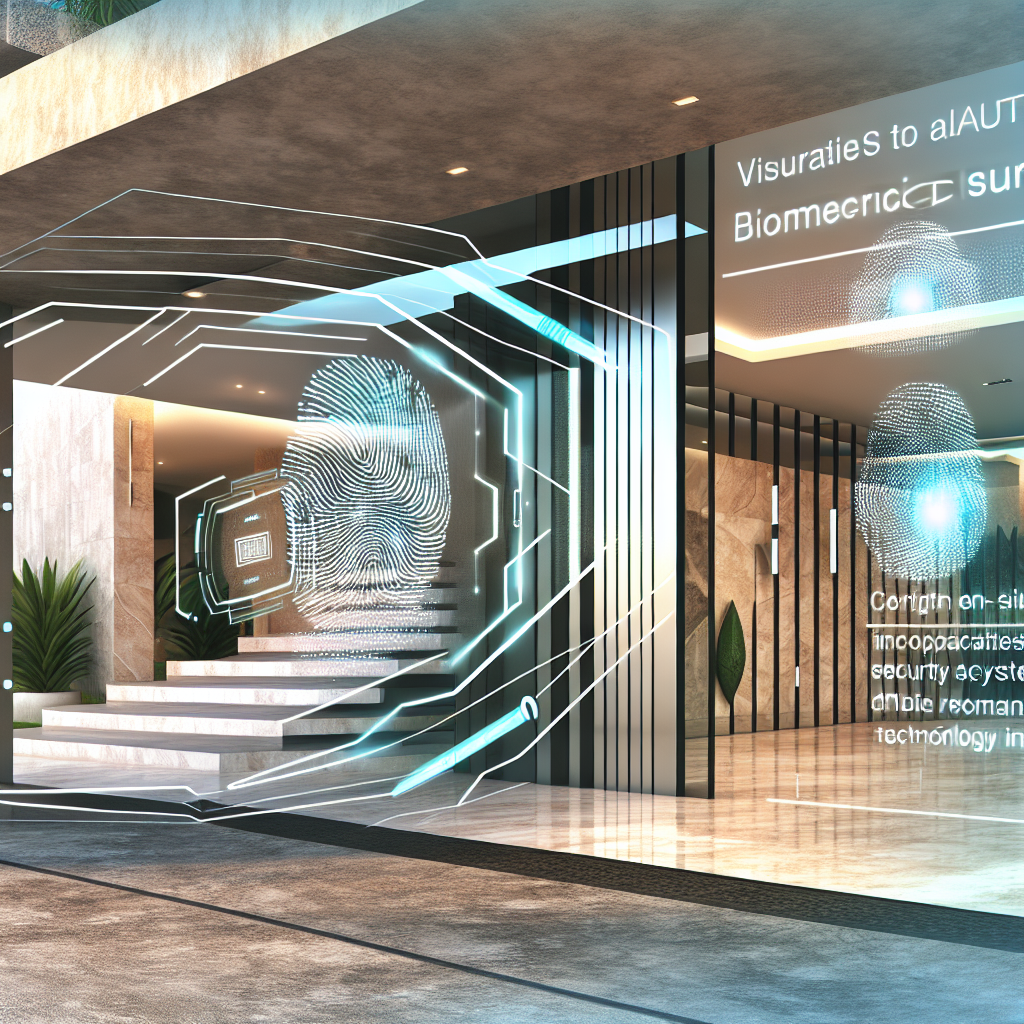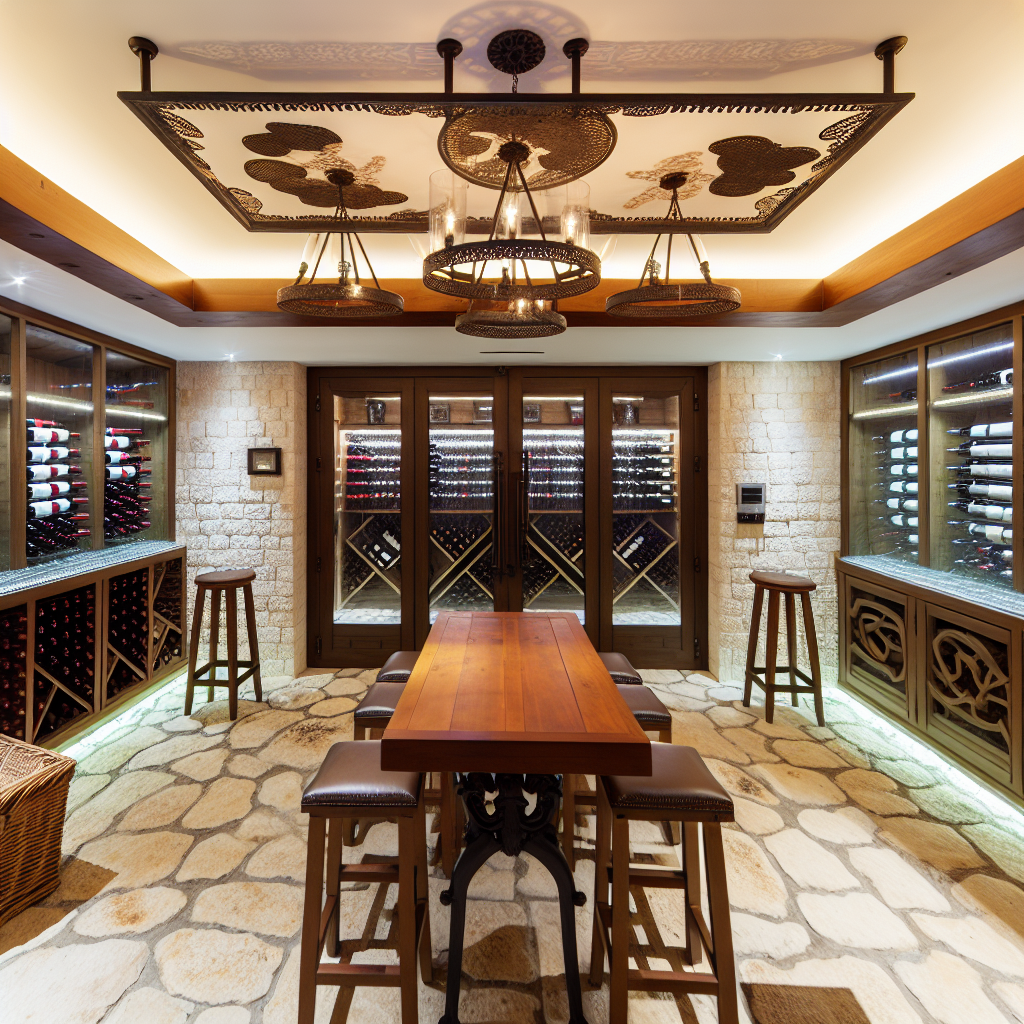Heritage Luxury EVs: Classic Restoration Houses Creating Electric Versions of Iconic Models
Introduction: Driving into the New Era of Timeless Elegance
For a discerning clientele accustomed to luxury, the automobile isn’t simply transportation—it’s an extension of identity. And when it comes to classic cars, these machines are tactile moments of history: stories of elegance forged in metal, leather, and roaring combustion. Yet, even as the bond between collector and classic thrives, the luxury world has begun to whisper the language of the future—sustainability, innovation, and conscious performance. Enter the arena of Heritage Luxury EVs: where vintage automotive masterpieces are rebirthed as electric vehicles by elite restoration ateliers.
The fusion of timeless design with cutting-edge electrification technology has quietly gained traction over the past decade. Discerning aficionados of luxury cars, who once treasured the growl of a V12 or the purr of a carbureted V8, are now enchanted by the silent, clean power of EV conversions. But this is no ordinary restoration—it’s artisanal craftsmanship elevated by sustainable ingenuity. This burgeoning niche is powered by elite restoration houses like Lunaz (UK), Kindred Motorworks (USA), and Everrati Automotive (UK), who specialize in impeccably restoring classic vehicles—taking century-defining icons like the Rolls-Royce Phantom V, the Aston Martin DB6, or the Porsche 911, and infusing them with electric life.
The appeal? Possessing a piece of automotive heritage without compromising environmental values. As global attention pivots toward greener technologies, the concept of “conscious luxury” is transforming the desires of affluent drivers. Rather than collecting dust in garages or emitting fossil fuel along scenic getaway drives, these reengineered icons empower modern aesthetes to traverse the future with the classic curves and graces of the past.
We are living at the intersection of nostalgia and next-gen technology. With governments phasing out internal combustion vehicles and cities implementing stronger emissions regulations, owning a vintage ICE (internal combustion engine) vehicle is beginning to lose its social license on modern roads. Yet, style endures. Through masterful EV restoration, the narrative of classic cars is not ending—it’s merely evolving. For those who believe that luxury should carry both heritage and responsibility, heritage EV restoration offers the perfect synthesis: aesthetic immortality and functional rebirth in a climate-conscious future.
Innovation Meets Authenticity: The Craft and Science of EV Conversion
Behind every heritage luxury EV lies a universe of meticulous planning, high-end engineering, and a reverence for originality. The end goal is never to simply “electrify a car,” but to revive a masterpiece and make it road-relevant, without altering its soul. Understanding this balance demands an appreciation for the modern sciences supporting the movement.
Several studies, such as one published in Nature Sustainability, have emphasized the environmental benefits of retrofitting vehicles rather than manufacturing new EVs from scratch. Researchers found that maintaining and adapting existing vehicle infrastructure can create a circular economic model that significantly reduces carbon emissions and energy waste compared to mass-manufacturing new EVs (Nature, 2020).
Cutting-edge companies like Everrati utilize patented battery pack solutions and proprietary electric motors designed specifically to work within the spatial and aesthetic limitations of vintage chassis—notably without altering the external lines of the car. These battery systems are often modular and can be upgraded as technology advances, an approach echoed by an IDTechEx white paper highlighting the long-term value of modular EV platforms in adaptive vehicle technologies.
Moreover, leading restoration firms are increasingly collaborating with medical and ergonomic specialists to ensure the reimagined classics incorporate contemporary safety and comfort without sacrificing heritage. British firm Lunaz, for instance, employs a unique combination of CAD modeling, ergonomic analysis, and modern material sciences to realign interiors for 21st-century body dynamics—helping prevent fatigue and musculoskeletal strain over long-distance driving, especially in long-bodied classics like Bentleys and Rolls-Royces.
And then comes innovation through sustainability. Many of these high-end EV restomod projects now integrate interiors decked in vegan leather, sustainably-sourced woods, and circular textiles—a nod toward luxury’s shifting ethics. A case in point is Kindred Motorworks and their ’65 Mustang EV conversion project, which incorporates recycled ocean plastics and vegetable-based leather alternatives. These materials are not only environmentally progressive, but also curated to meet the tactile and aesthetic standards expected by elite buyers.
All the while, there remains a sacred commitment to preserving the essence of the car—the sweep of the steering wheel, the stitching pattern on the seats, the analog charm of the dashboard. These aren’t simply modified luxury cars; they are sanctuaries of memory—in which time stands still, but the technology within roars quietly forward.
Where Legacy Embraces Tomorrow
The heritage luxury EV movement is reshaping how we define tradition, performance, and privilege in modern society. For those who demand the prestige of classic luxury with the conscience of future-ready mobility, these bespoke restorations deliver both provenance and progress. They’re not just cars—they’re rolling legacies now powered by the pulse of tomorrow.
Experience this evolution, own the legend—electrified.
Concise Summary:
The article explores the emerging trend of “Heritage Luxury EVs,” where elite restoration houses like Lunaz, Kindred Motorworks, and Everrati Automotive are reimagining classic luxury cars by converting them to electric vehicles. This fusion of timeless design and cutting-edge electrification technology appeals to a new generation of affluent drivers seeking to embrace both automotive heritage and environmental responsibility. The article delves into the meticulous craft and science behind these EV conversions, highlighting the environmental benefits, innovative engineering, and commitment to preserving the essence of the original vehicles.

Dominic E. is a passionate filmmaker navigating the exciting intersection of art and science. By day, he delves into the complexities of the human body as a full-time medical writer, meticulously translating intricate medical concepts into accessible and engaging narratives. By night, he explores the boundless realm of cinematic storytelling, crafting narratives that evoke emotion and challenge perspectives. Film Student and Full-time Medical Writer for ContentVendor.com




